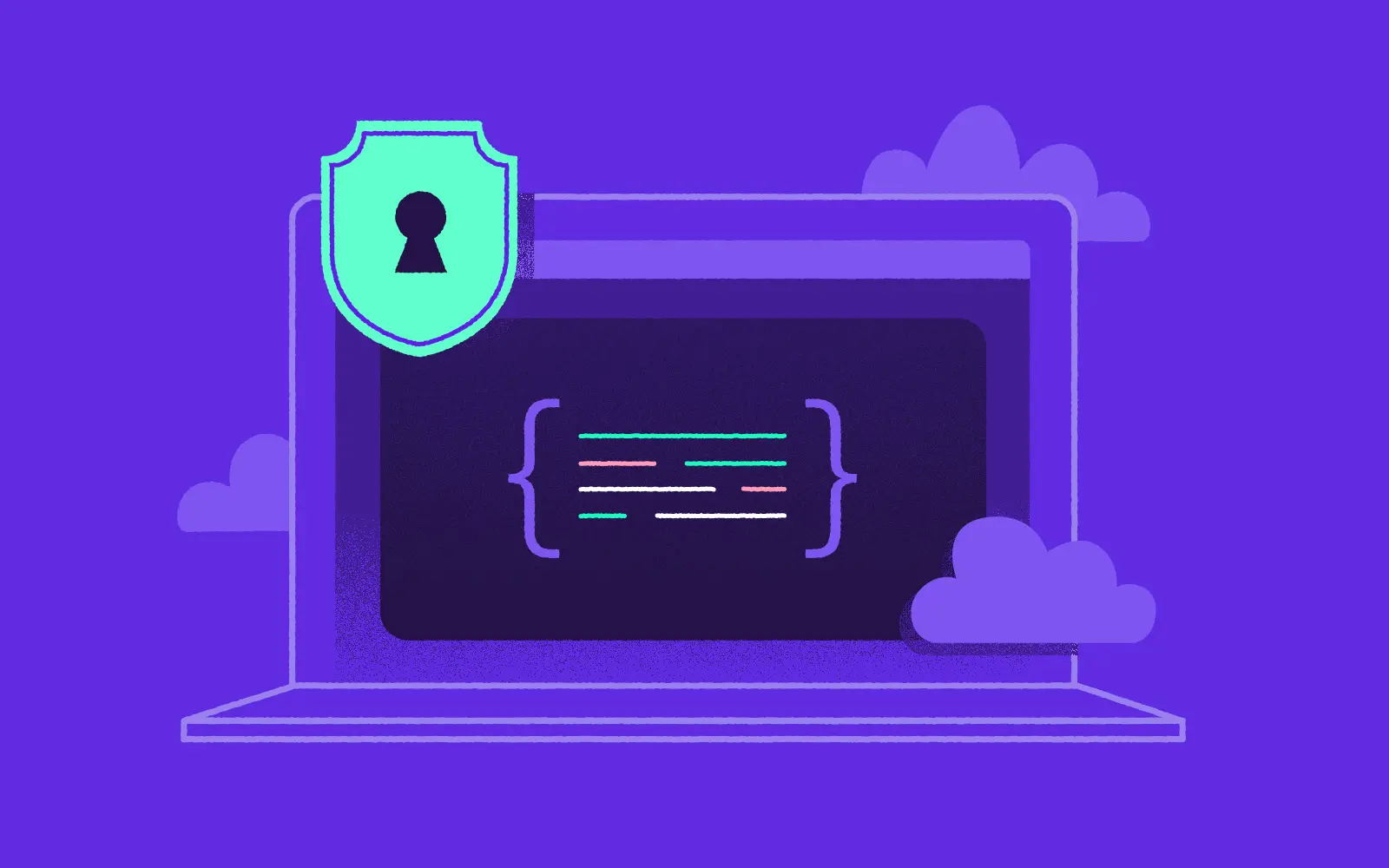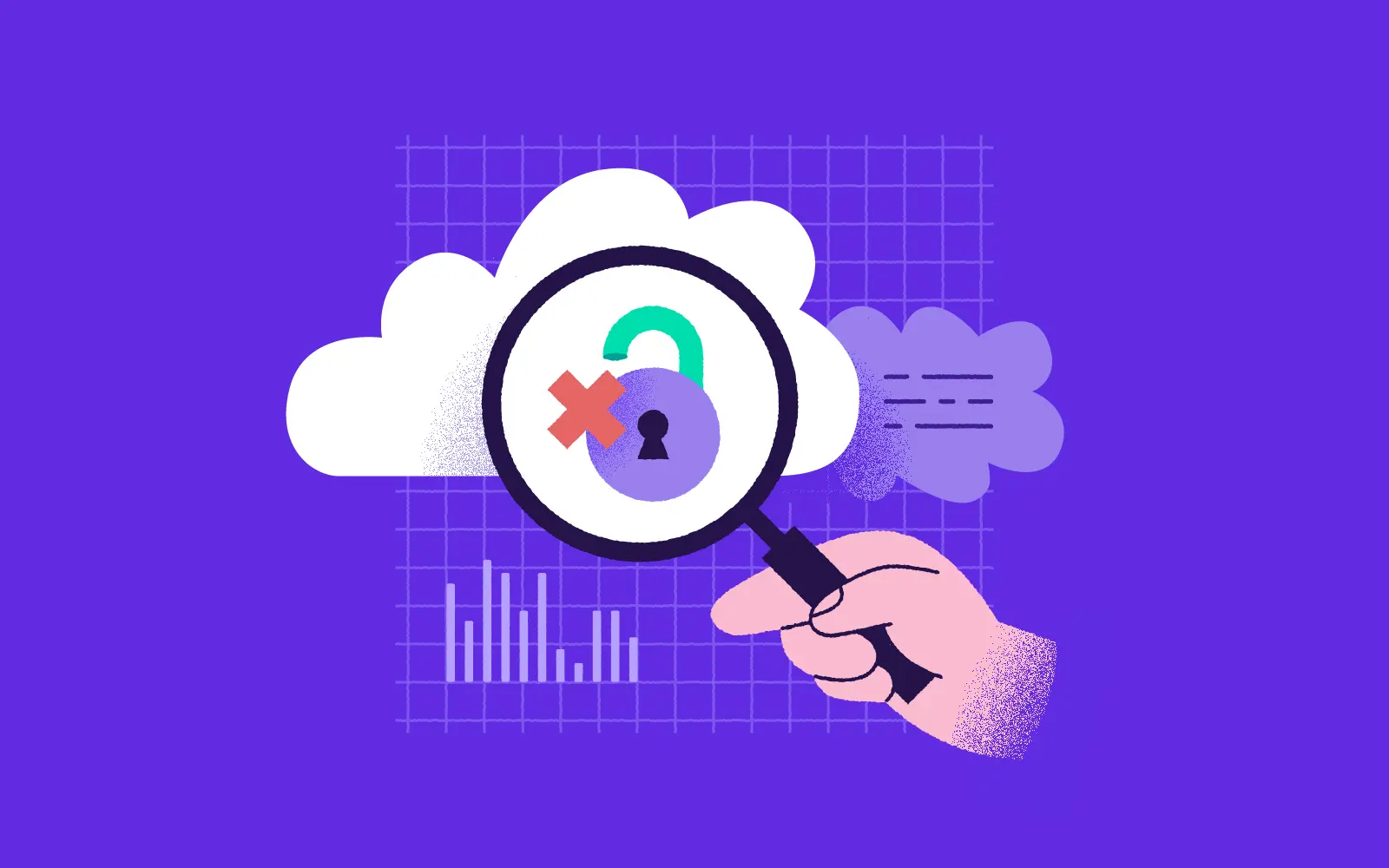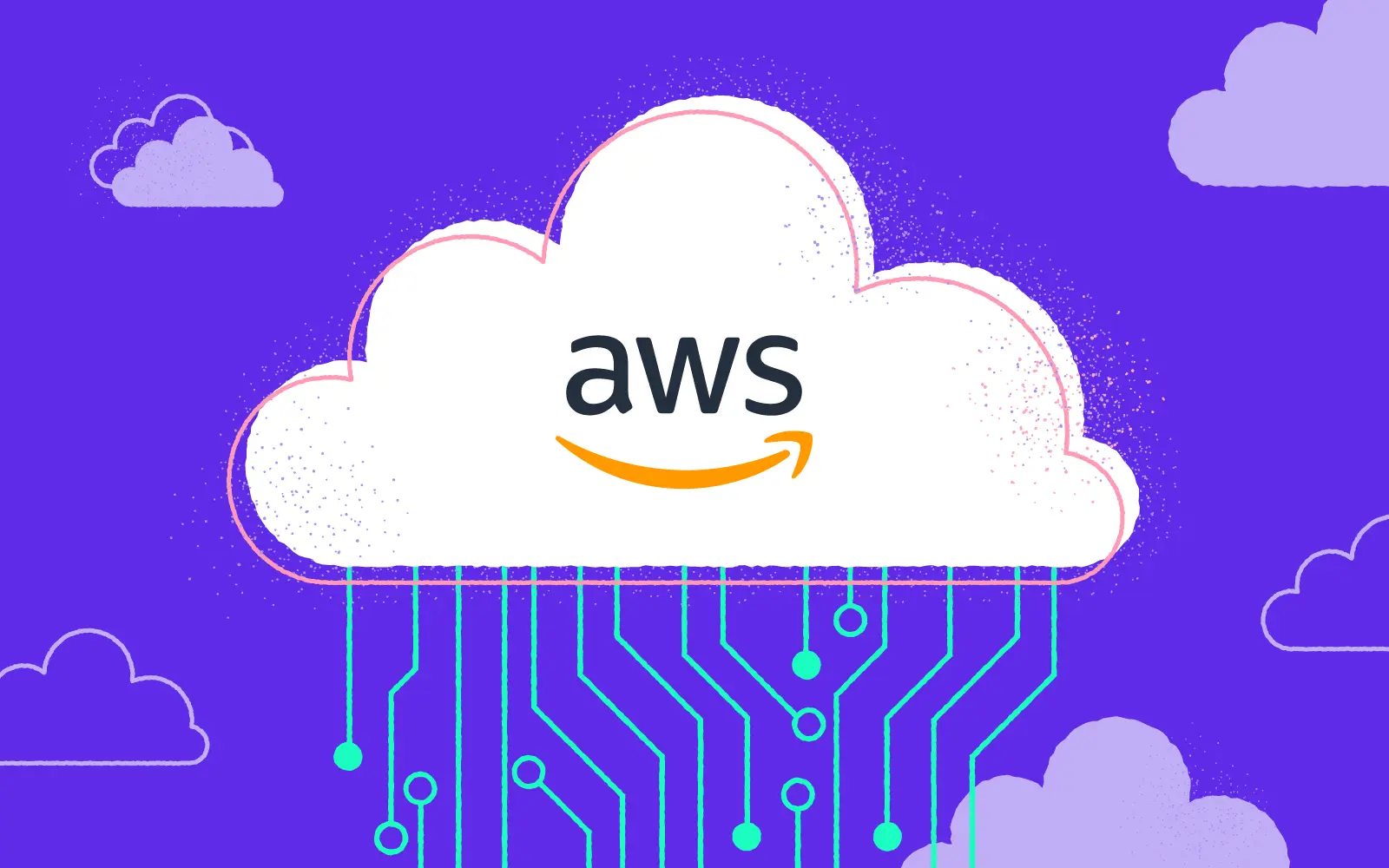
With the modern cloud infrastructure and containerization, it has become possible to deploy complex applications without making huge initial investments. Cloud computing models allow you to pay a fixed fee for the resources you use. Although cloud computing has become more accessible with the available services, it could still cost a lot, especially when the cloud resources are not managed properly.
Cost-optimization is necessary when you deploy a cloud-native application. There are many service providers like Amazon that make their cloud services more affordable. They offer several tools through which you can optimize the cloud cost efficiently. In this article, we will discuss how to optimize the cost of AWS EKS clusters.
Amazon Elastic Kubernetes Services (EKS)
Amazon Elastic Kubernetes Services (EKS) provides flexibility to start and run Kubernetes applications on-premises or in the AWS cloud without installing and operating your own worker nodes or Kubernetes control plane. EKS provides highly-available, secure clusters and automates tasks, such as node provisioning, patching, and updates.
Companies, such as Snap, Intel, Autodesk, Intuit, and GoDaddy trust Amazon Elastic Kubernetes Services to run their mission-critical and most sensitive applications. EKS allows you to shift Kubernetes applications to Amazon EKS without refactoring the code. This service makes it flexible to systemize operations across all environments. You can execute fully managed elastic Kubernetes clusters on AWS.
The combination of Amazon EC2 for elastic Kubernetes nodes and Amazon EKS for managed Kubernetes control planes provides an ideal environment to execute containerized workloads.
It allows builders to create their Kubernetes clusters and enables them to scale these clusters according to their requirements.

Reasons to use Amazon EKS
● Amazon Elastic Kubernetes Services scales and provisions Kubernetes control plane, including back-end persistence layer and API servers across multiple availability zones for fault tolerance and high availability.
● Run EKS using AWS Fargate (a serverless compute for containers), which removes the need to manage servers. Fargate allows you to determine resources and improves security via application isolation.
● EKS is integrated with other AWS services to provide security and scalability for your application. These services include IAM for authentication, ELB for load distribution, and AWS VPC for isolation.
How does Amazon EKS work?
Here are some steps to get started with Amazon Elastic Kubernetes Services.
● Create an EKS cluster in the management console or with one of the AWS SDKs or the AWS CLI.
● Then launch self-managed or managed Amazon EC2 nodes. You can also deploy workloads to AWS Fargate.
● After the cluster gets ready, configure Kubernetes tools to communicate with the cluster.
● Deploy and manage the workload on the Amazon EKS cluster. You can view workload information using the management console.
EKS works by starting and managing the worker nodes and Kubernetes control plane.
Kubernetes has two major components, the control plane and a cluster of worker nodes. You have to run both of these yourself without using Amazon EKS. With EKS, you can start your worker nodes with a single command in the console, API, or CLI.
Best Practices for cost optimization on Amazon EKS Clusters

A consumption model and cloud expenses management are important features for cost optimization using AWS EKS. The consumption model allows you to pay for the resources you utilize and scale them according to the business requirements. For a potential cost saving of 75%, stop the resources that are not in use. For example, you use a development and test environment for approximately eight hours a day during working days.
Here are the four techniques applied to sample clusters to achieve about 80% savings on resource utilization.
● Auto Scaling
● Right Sizing
● Down Scaling
● Purchase options
1. Auto Scaling
For cost-optimization on Kubernetes clusters, make sure to run Cluster Autoscaler. It performs two functions, monitoring the cluster for pods that are not running due to insufficient resources and increasing the desired count for the auto-scaling group. According to the AWS Well-Architected Framework, Auto Scaling helps you scale the Spot Fleet capacity and EC2 instances up and down according to the defined conditions.
2. Right Sizing
According to the cost optimization pillar, Right-Sizing is defined as "using low-cost resources that meet the technical requirements of a certain workload." With Kubernetes, you can do the right sizing by setting the compute resources, memory allocation, and CPU utilization for the containers in pods. Set requests according to the actual utilization of these computing resources.
3. Down Scaling
Apart from the demand-based auto-scaling, the matching supply and demand section of the cost-optimization pillar of the AWS Well-Architected Framework suggest that:
"You should schedule to scale the system up and down at the defined time, such as starting of the business hours, thus to ensure that resources are available to users when needed."
Many deployments need to be available only during business hours. You can use the Kube-downscaler tool to deploy the cluster for scaling up and down based on requirements.
4. Purchase options
Purchasing option section of the cost optimization pillar says that Spot Instances allow using free time capacity at a comparatively low price than On-Demand EC2 instances. Run the Kubernetes workloads on Spot Instances with the AWS EKS rather than running a custom termination handler.
Benefits of using Amazon Elastic Kubernetes Services (EKS)
Improve observability and availability
Elastic Kubernetes service executes the Kubernetes control plane over multiple Availability Zones. It automatically detects and displaces harmful control plane nodes providing on-demand patching and upgrades with zero downtime. Amazon EKS provides a 99.95% uptime Service Level Agreement (SLA). Moreover, the EKS console offers the observability of Kubernetes clusters for identifying and resolving issues faster.
Get a more secure Kubernetes environment
Amazon Elastic Kubernetes Service applies advanced security patches to the cluster's control plane. Amazon works closely with the community to address severe security issues to ensure that each EKS cluster is secure.
Start and scale resources efficiently
You do not need to provision the compute capacity for scaling the Kubernetes application if you are using EKS managed node groups. AWS Fargate automatically provides on-demand serverless compute resources for your applications. For more cost control, run EKS nodes on EC2 Spot Instances. It helps to minimize the cost and enhance efficiency.
Amazon EKS use cases
Here are some use cases of AWS Elastic Kubernetes Service.
1. Hybrid Deployment
With Elastic Kubernetes Service, you can manage Kubernetes applications and clusters across hybrid environments. It lets you run Kubernetes on AWS and in your own data centers. EKS Anywhere 2021 uses EKS Distro, the Kubernetes distribution deployed by EKS in the cloud. With AWS Wavelength and Local Zones, you can put the EKS-run application near to the edge.
2. Batch Processing
Using Kubernetes Jobs API, you can run parallel or sequential batch workloads on EKS clusters. You can plan, schedule and run batch computing workloads over the complete range of AWS compute services using the EKS. These services and features include Fargate, Amazon EC2, and Spot Instances.
3. Machine Learning
Kubeflow with Amazon EKS helps model the machine learning workflows and effectively execute distributed training jobs with the latest GPU-powered instances. AWS deep learning containers for executing inferences and training jobs using Kubeflow.
4. Web Applications
With EKS, you can develop applications that run in a highly available configuration over multiple Availability Zones and automatically scale in and out based on requirements. Running applications on EKS benefits from the performance, reliability, scale, and availability of the AWS. Additionally, it integrates with AWS security and networking services, such as VPC for networking and Load Balancers for load distribution of web applications.

Conclusion
EKS helps reduce the operational overhead by providing managed node groups and a highly available managed control plane. You can save over 80% of the EKS cost for Kubernetes clusters via automatic scaling the pods and nodes within the cluster. Take advantage of the cost optimization pillar best practices to minimize the cost while building highly responsive, resilient, and adaptive deployments.



